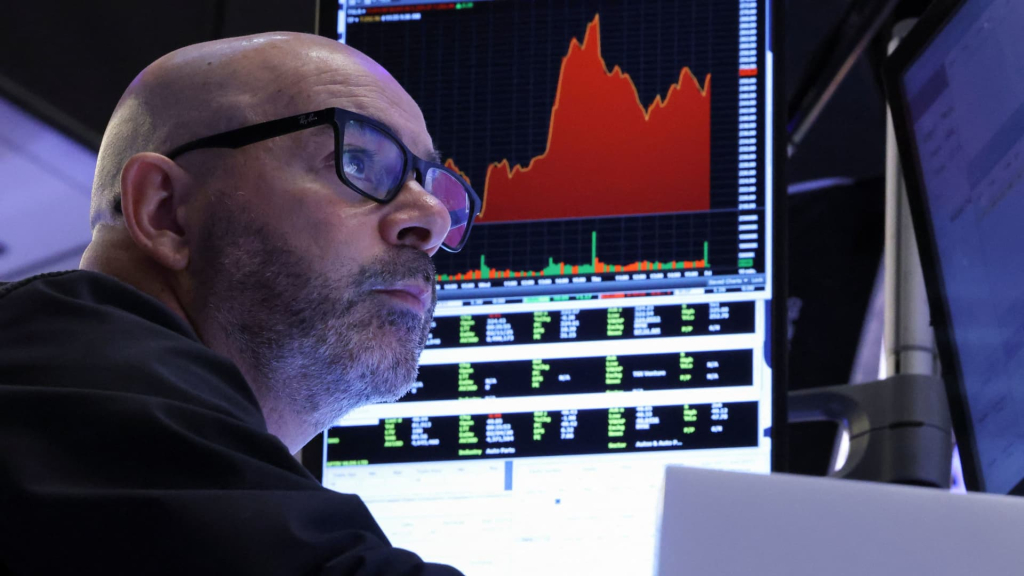The stock market has experienced wild swings since what some are calling “liberation day,” leaving investors increasingly anxious. A key contributor to this market volatility has been the rise in the popularity of zero-day-to-expiration (0DTE) options.
0DTE options are contracts that expire on the same day they are traded. According to data from JPMorgan, trading volume in 0DTE options linked to the S&P 500 soared to 8.5 million contracts in April, marking a 23% increase since the start of the year and constituting approximately 7% of the overall volume in U.S. options markets.
Investors, both large and small, are increasingly turning to these short-lived contracts for quick profits or to hedge against sudden shifts in the market. Analysts have expressed concern that the high trading volumes of these instruments may amplify price fluctuations as dealers and market makers adjust their positions in underlying assets.
“The zero-day options market is amplifying moves, exaggerating them either up or down. This type of catalyst didn’t exist 10 or 20 years ago,” remarked Jeff Kilburg, CEO and CIO of KKM Financial. “It’s like pouring gasoline on a fire when you see these exaggerated moves driven by options activity.”
Market volatility escalated following the imposition of steep tariffs by former President Trump on key U.S. trading partners, coupled with his frequent policy reversals. Recently, the S&P 500 achieved its third-largest gain in history following a four-day decline that nearly sent it into bear market territory. Concurrently, the Dow Jones Industrial Average experienced back-to-back drops of over 1,500 points for the first time ever.
Last week, intraday volatility for the S&P 500 nearly doubled to 44%, surpassing levels seen in 2020 and reaching heights akin to those experienced during the 2008 financial crisis, according to Cboe Global Markets data. This heightened uncertainty has driven demand for 0DTE options as investors seek ways to mitigate risk amid the fluctuating market.
“We have found that 0DTE and the following day’s options have significantly influenced intraday volatility, with this increased activity often not translating to a substantial movement from the market open to close,” noted Maxwell Grinacoff, UBS’ head of U.S. equity derivatives research, in a recent report.
With platforms like Robinhood making these options more accessible to retail investors, the nature of options trading is rapidly evolving. An option grants its holder the right, but not the obligation, to buy or sell a specified amount of an underlying asset at an agreed price—the strike price—on a predetermined date.
“Options have long been tools for institutional investors, but the growing sophistication of retail traders is enabling a wider audience to use options for hedging or pure speculation,” Kilburg added.


























